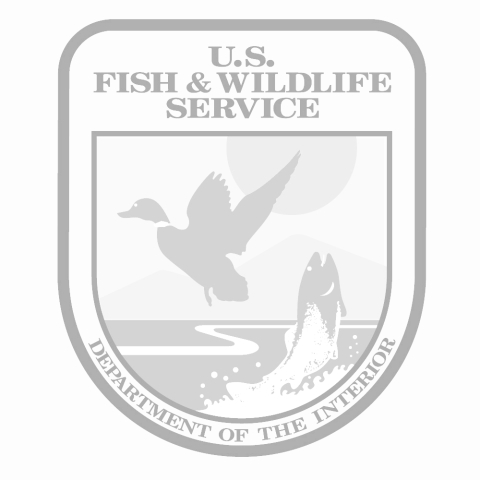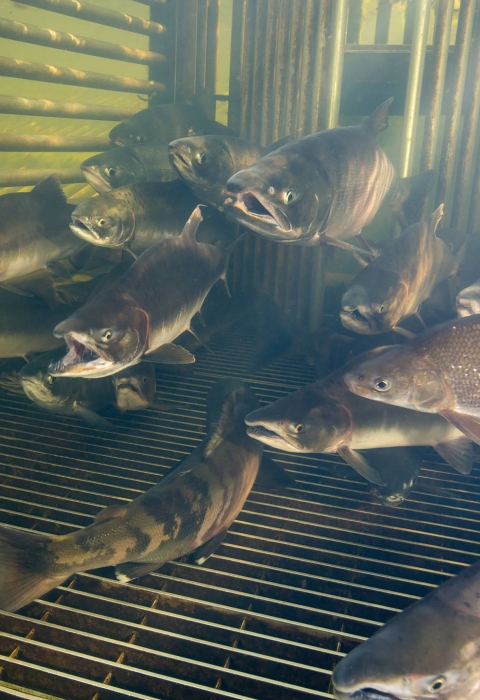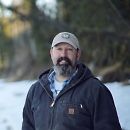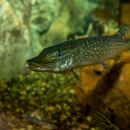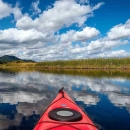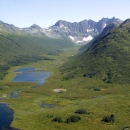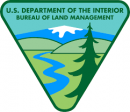Project Description: Twentieth century platinum mining has had a lasting influence on the Salmon River ecosystem, home to five species of anadromous salmon and Dolly Varden. To better understand both short-term and long-term behavior of the river and its species, the project will employ underwater video technology and a variety of surveys to create the habitat’s first accurate and precise assessment of adult anadromous fish.
Project Partners: U.S. Fish and Wildlife Service's Fish and Kenai Wildlife Conservation Office and Togiak National Wildlife Refuge, Bureau of Land Management
Timeline: Planned 2023 - 2027
Funding: $35,000 annually, over five years.
Outcomes: Five years of data collection will allow project partners to better understand fish behavior and trends including migration, spawning, rearing, and habitat utilization. This knowledge will help project partners make a variety of future decisions, including a potential land use authorization for a mining operation. Fisheries escapement numbers, run timing, and watershed data will also inform a proposed BLM stream fish passage fish passage
Fish passage is the ability of fish or other aquatic species to move freely throughout their life to find food, reproduce, and complete their natural migration cycles. Millions of barriers to fish passage across the country are fragmenting habitat and leading to species declines. The U.S. Fish and Wildlife Service's National Fish Passage Program is working to reconnect watersheds to benefit both wildlife and people.
Learn more about fish passage improvement project, currently planned upstream of the weir in a section of historically mined, seasonally intermittent stream. Currently undocumented waters will be explored and added to the Alaska Anadromous Waters Catalog (AWC).
Learning: Anatomy of a Weir – Keeping a Finger on the Pulse of Alaska’s Salmon Runs
What is the Gravel to Gravel Keystone Initiative?
The Department of the Interior — coordinated through the U.S. Fish and Wildlife Service and Bureau of Land Management (BLM) — is partnering with Tribes, Indigenous leaders, other agencies, and community partners to launch the Gravel to Gravel Keystone Initiative. The effort is designed to enhance the resilience of the region’s ecosystems and communities through transformational federal, philanthropic, and other investments.
Over the next four years, investments from President Biden’s Bipartisan Infrastructure Law Bipartisan Infrastructure Law
The Bipartisan Infrastructure Law (BIL) is a once-in-a-generation investment in the nation’s infrastructure and economic competitiveness. We were directly appropriated $455 million over five years in BIL funds for programs related to the President’s America the Beautiful initiative.
Learn more about Bipartisan Infrastructure Law and other sources will be made into the Yukon, Kuskokwim, and Norton Sound region to improve its ecosystem and salmon resiliency.
Each Gravel to Gravel project is shaped and guided by at least one of the following goals:
Improving the resiliency of Pacific salmon.
Renewing commitments to strengthening relationships through co-stewardship.
Responding to ecosystem threats to food security.
Contact Information
